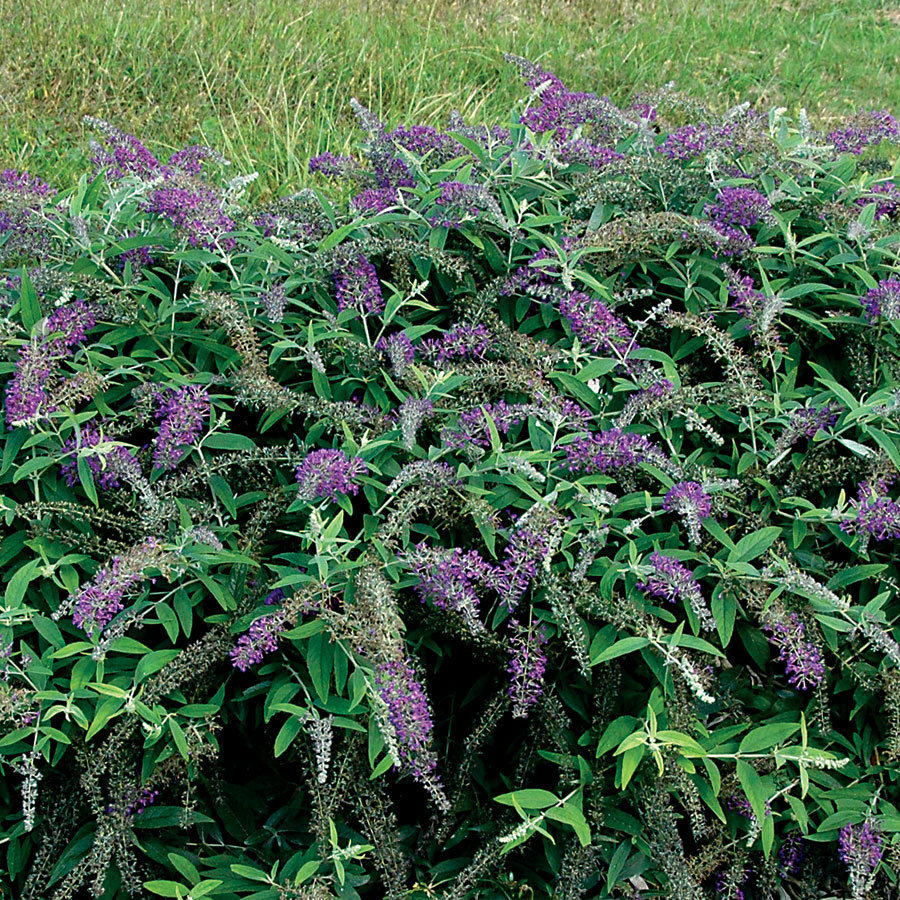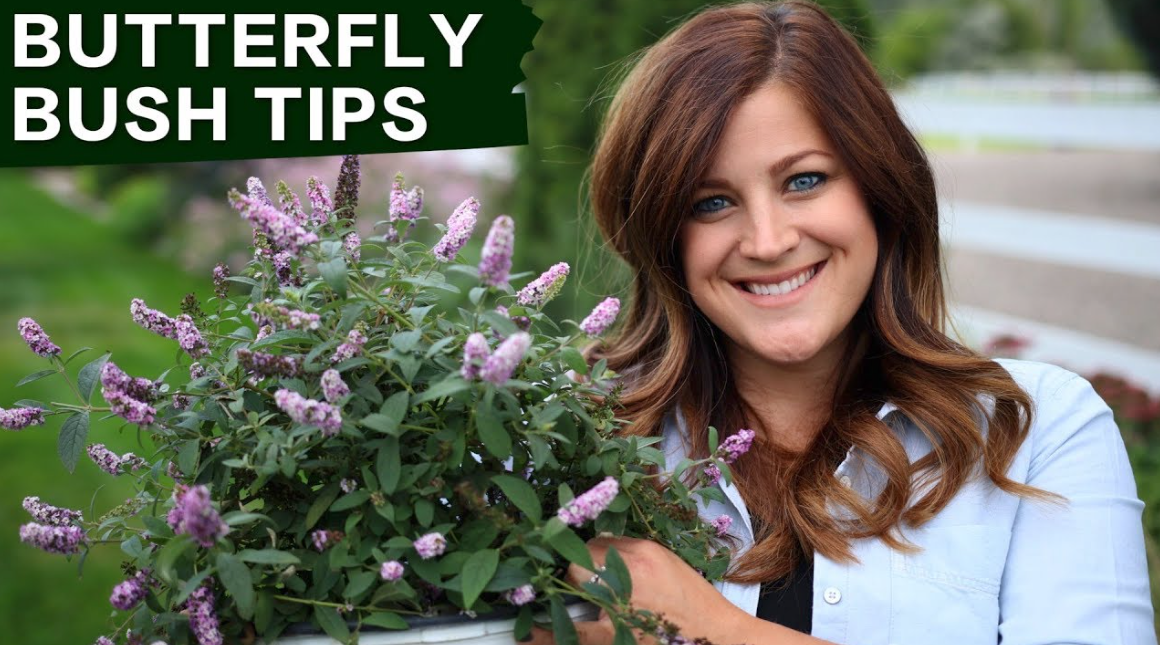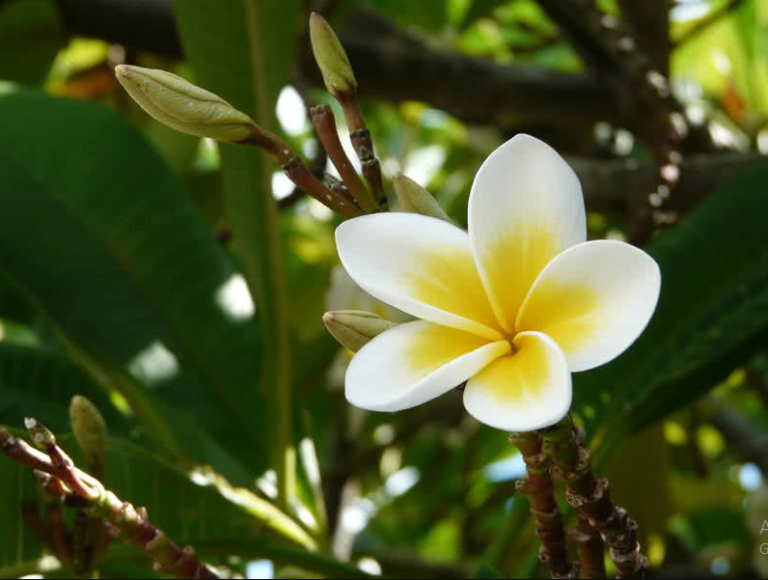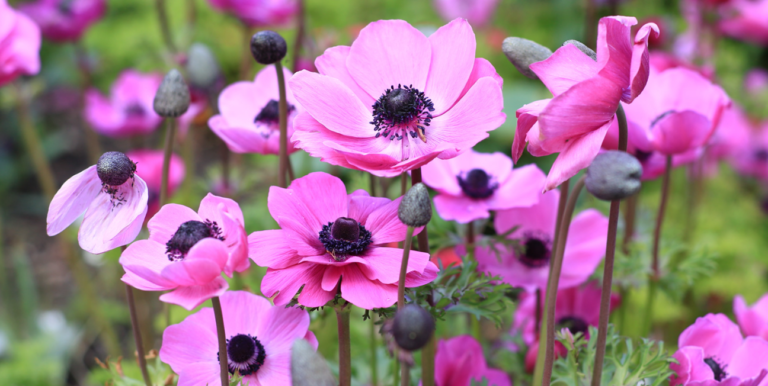Buddleia (butterfly bush) pruning
Q How do I prune buddleia (butterfly bush)?
A When Which? Gardening magazine trialed different pruning methods for buddleia, we found the following method produced the best results. Plants pruned this way start to flower at the same time as plants pruned once in spring, but carry on for a week or so longer. There’s also a bonus second flush of flower heads around 25cm long in late summer when the size of buddleia flower heads has generally shrunk to 12cm long.

Caption: It’s well worth pruning buddleia for a great display of flowers.
How to do it
Shorten all the branches to 45cm above soil level in early spring, pruning above an outward-facing bud
Cut all the branches back to 45cm again in May.
Deadhead continually as the flowers fade.
Caption: Pruning buddleia twice produces the best results.
Q Is it worth deadheading buddleia?
A Definitely. There were 50% more flowers on deadheaded plants and they were all over the plant, rather than just at the top. In the first year of the trial, the deadheaded plants also flowered for a week or two longer than ones that weren’t deadheaded
Caption: Deadheading will give you more buddleia flowers.
The butterfly bush, true to its name, is a favorite of butterflies as well as bees and other pollinators.
Butterfly bushes are a favorite among many gardeners. The showy, fragrant blooms attract all sorts of beneficial insects to your garden. You may even find a hummingbird or two stopping by to enjoy the nectar inside the tiny flowers.
When and how to prune a butterfly bush is a topic that comes up quite a bit with our readers. Butterfly bushes are crazy fast growers. They can easily grow up to 12 feet in only one or two growing seasons. Cutting them back is perfectly safe and something we do routinely.
When should I prune my butterfly bush?
If you’re a seasoned follower of this blog, you’ll already know what I’m about to say. The answer is…..ANYTIME! You should prune your butterfly bush when it needs to be pruned. Don’t let the calendar dictate when you need to prune. If your butterfly bush is getting scraggly or out of control, prune it- no matter what time of year it is.
The butterfly bush pictured above is one year old. It’s a bit on the scraggly side. Cutting it back about halfway will do wonders to help it branch out. A little pruning will help encourage fuller and more dense growth.

I would also recommend moving this bush to a different location. Butterfly bushes are fast growers, and the small area next to the sidewalk does not have enough space to contain them. It will need constant pruning to keep it from growing over the walkway.
This butterfly bush (above) is only about 2 years old. It has grown beautifully, but now that summer is coming to an end, it is starting to outgrow its space. These plants are tough as nails. It won’t hurt it one bit to be trimmed down low.
Butterfly bushes die back each winter. When spring comes they begin to grow back and bloom on new wood. You don’t have to prune your butterfly bushes every year, but it’s common practice to cut butterfly bushes very low each winter to encourage lots of new flowers next spring on the new growth.
Although winter is still a few months away, we were ready to cut this bush back. So we did. Butterfly bushes are forgiving plants. They will come back and look like a million bucks next spring.
Wait for the right time of year to prune. There are two types of butterfly bushes: Buddleia davidii and Buddleia alternifolia.
Buddleia davidii is a deciduous shrub with dark purple flowers that bloom from June through September. This butterfly bush is classified as an invasive plant in some parts of the United States. You can check if it’s an invasive species in your state by visiting https://plants.usda.gov/java/noxious.
Prune your Buddleia davidii in early spring or late winter. Pruning is best done before new growth starts in the spring. In climates with cold winters, the plant will most likely die back completely.
Buddleia alternifolia (Alternate leaf butterfly bush) is a deciduous shrub with light purple flowers in the spring.
Buddleia alternifolia should be pruned in mid to late summer, right after it has bloomed. This kind of butterfly bush blooms on stems from the previous year, so cutting it to the ground each year is not an option.
Look for any dieback. Dieback is caused by harsh winters or disease. In this case, a particularly cold winter could cause dieback in your butterfly bush. When a plant dies back, the tips of the leaves or roots begin to die, slowly leading to a reverse death that ends in the death of the whole plant. Dieback is common in butterfly bushes in colder climates–butterfly bushes often die back all the way to their roots in very cold winters. However, this does not mean that they cannot be saved–that’s what pruning is for.[1]
Butterfly bushes are late to break dormancy, meaning that you don’t need to check for any winter damage as the plant may still just be dormant.
Prune your butterfly bush. How you prune your butterfly bush will depend on which type of bush you’re growing.
If you have a Buddleia davidii, prune it with a hard cut. Because they do often die back in the winter, this type of butterfly bush can handle intense pruning–and often requires it. Even if your butterfly bush doesn’t die back during winter, prune 6″-12″ above the ground in late winter to ensure proper growth the following spring.
If you have a Buddleia alternifolia, prune your bush back hard to about ⅓ of its size immediately after it flowers in the early summer. Follow the shape of the shrub when pruning.
If your butterfly bush is in the back of a garden up against a fence and you want it to grow tall, cut it back to about two feet so that the plant will produce higher growing (and thus flowering) stems. You will then be able to plant lower-growing plants near the butterfly bush while still being able to see the flowers of the butterfly bush.






